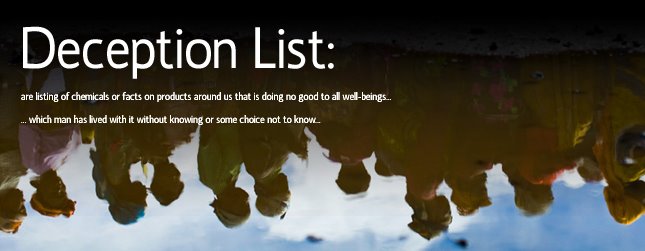Urea is rich of nitrogen. And it is cheaper than melamine.
When the liquid milk is heated to become milk powder, the urea nitrogen is changed to melamine. That is why the milk powder is tainted by melamine. Isn't that talented? I think the next Nobel Prize should go for the creation and invention.
...While the chemical name for melamine is 1,3,5-triazine-2,4,6-triamine, it won't be listed on the ingredients list for food--it's not a regular additive, and if it shows up in food, it's because the food is contaminated.
...when melamine is heated and nitrogen is released, at least two chemicals remain as a result of the heating: a muscle stimulant and AMMONIA. It's the ammonia that is heavily suspected to be the poison that is making animals ill and killing them. Animals that die from ingestions of melamine tainted substances have symptoms identical to ammonia poisoning.
...Melamine has NO PROTEIN in it. It merely fools the common tests for measuring the level of protein in foods (tests that rely on measurements of the level of nitrogen).
"Melamine" in dishware, furniture, etc. refers to melamine resin which is fairly stable. Melamine resin is a product of reaction of melamine and formaldehyde and consequently is most likely not the melamine that is used in adulterated foods. The melamine used in the adulterated foods is most likely the unpolymerized (unreacted with formaldehyde in this case) melamine.
...Thus far, the melamine has been connected to kidney failure in animals, which wouldn't seem to be connected to coughing. What has your veterinarian said?
...It seems to me that if chickens consumed melamine tainted feed, once it enters their digestive system the chemical melamine would be broken down by enzymes, leading to the ammonia by-product. The ammonia then enters the blood steam and poisons the bird, or any other of the animals (pigs). So if a human ate a chicken or pig that ate malamine tainted feed there would actually be no melamine in the animals muscle tissues, perhaps a high concentration of NH4 in some vital organs. Of course this assumes melamine is h2o souluble and too large to freely pass digestive membranes.
Source: http://www.wisegeek.com/what-is-melamine.htm

No comments:
Post a Comment